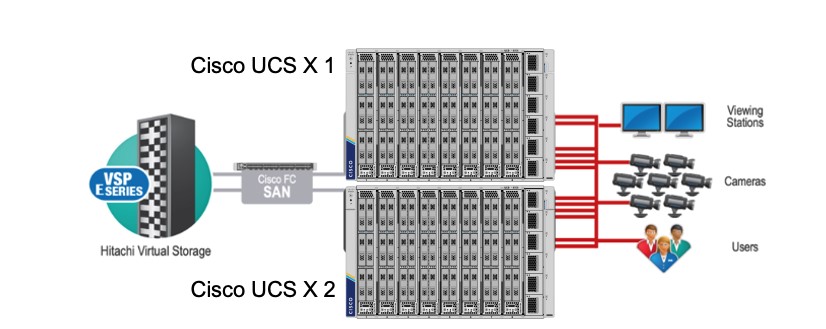The past decade has been an exciting time for the video surveillance industry.
Advancement of computer vision technologies, graphics acceleration, and improved camera quality have enabled closed-circuit television (CCTV) cameras to truly become one of the most important IoT sensors to date.
Those same CCTV cameras that were once used for safety and security can now be leveraged for multiple use case, including oil spill detection, analog gauge monitoring, vehicle accident identification, people counting, and much, much more. In other words, a decade ago while we primarily used these cameras to view past incidents, today, they’re used to prevent incidents from happening. As a result, CCTV systems have become part of organizations’ critical infrastructure.
And like any piece of critical infrastructure, increasingly, CCTV systems need to meet certain Service Level Agreement (SLA) standards for things like uptime, high availability, and redundancy. Should cameras or video retention become unstable, for example, an organization could sustain significant monetary losses or worse. Casinos, for example, can be fined significantly by gaming commissions should CCTV video retention issues arise.
Luckily for the industry, Hitachi Vantara and Cisco have teamed to create converged industry-certified solutions for video that support over 10,000 cameras. This converged stack will support and be certified by multiple Video Management Systems (VMSs) and video analytics platforms including Hitachi Video Management System (HVMS) and Hitachi Video Analytics Platform (HVA).

By leveraging Cisco’s UCS X series compute, Cisco’s SAN fibre-channel switches, and Hitachi Vantara’s latest Virtual Storage Platform (VSP) E-Series midrange storage area network (SAN), customers get unprecedented performance and a fully-redundant environment to build their solutions. Every component of the stack including blades, fabric, storage controllers, NICs, and drives are fully redundant, ensuring no workload interruptions.
In general, recording video requires random writes to the SAN. Drive reads are spiky since both live and recorded video is served by the video management systems to the users. Video compression rates vary based on multiple factors including compression algorithms, camera scenes, camera types, etc. Cisco and Hitachi Vantara considered all complexities of video management to build the converged stack from ground up and are excited to work closely together to support the industry.
This work builds on a longstanding partnership between Cisco and Hitachi Vantara to bring state-of-the-art solutions to market to solve customer challenges. And that’s exactly what Cisco’s compute and storage fabric combined with Hitachi Vantara’s SAN and video management software applications allow organizations to do – solve real operational challenges.
If you’re attending Cisco Live! Melbourne this week, be sure to stop by Booth G1 to see how Hitachi Vantara and Cisco can help you solve your biggest operational challenges.
Kirill Sokolinsky is Product Management Expert, Common Infrastructure, at Hitachi Vantara.
Related
- Cisco & Hitachi Vantara: Engineered for Growth
- Hitachi and Cisco: A Lesson in Digital Transformation Leadership
- The Power of Partnering – Cisco Live!
- Cisco Live Season Has Arrived and Things Are Blooming at Hitachi




